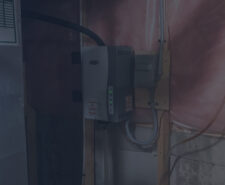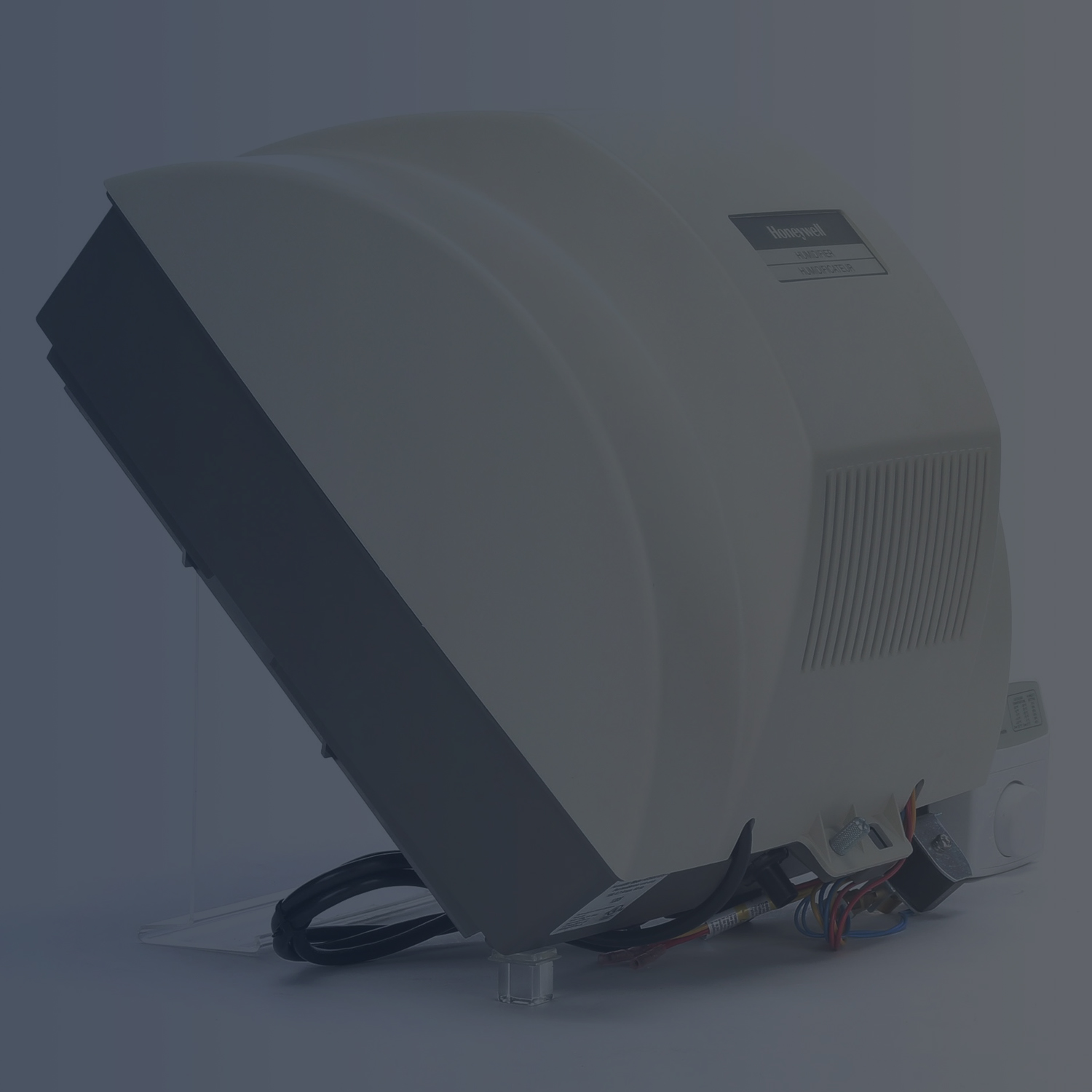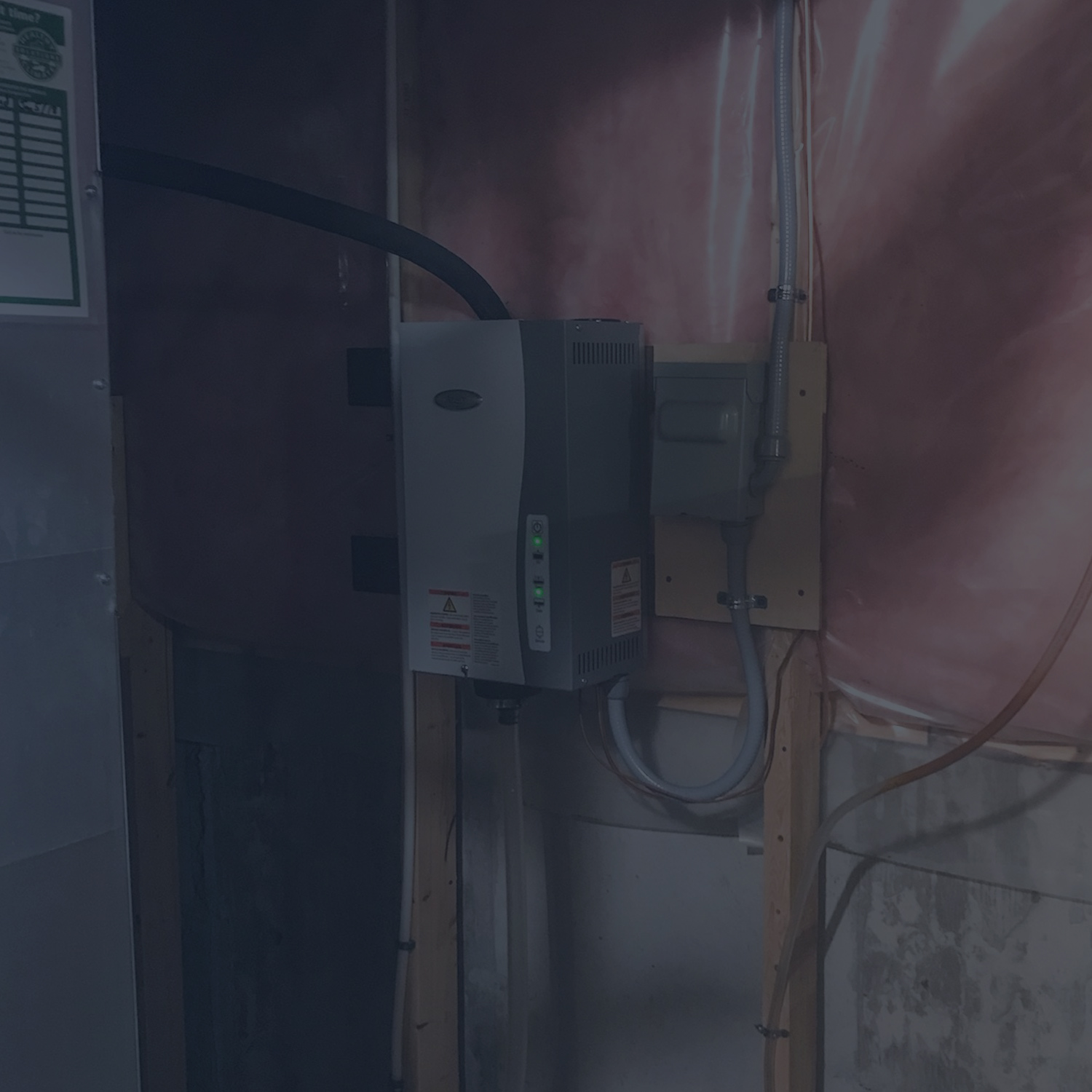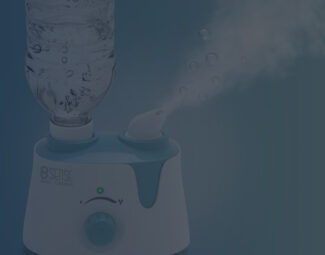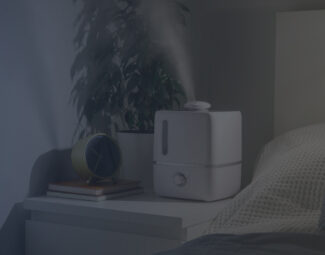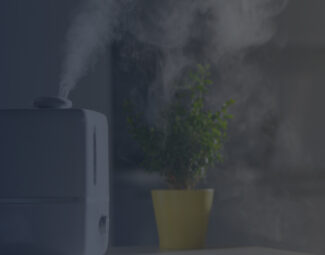P roper humidity is a rare sight without extra help, and while high air moisture predisposes you to exposure to mold spores, low humidity makes you significantly more susceptible to colds, which is equally dangerous. To solve the issue of dry air in your home or office, you can either use a portable humidifier or install a central humidifier that is attached to the furnace and expels water vapor from it for whole-house moisture increase. There are areas where excess dryness in the air is a pressing issue during winter, whereas other areas of the country and world face low humidity throughout the year.
Since you are here, it’s obvious that the route you took to solve low indoor RH levels is through the use of a furnace humidifier that focuses its operational efforts on raising moistness throughout the house. But to truly benefit from an optimal operation on the system’s part and enjoy its service for years to come, you have to put proper maintenance in practice, and this is exactly what we will teach you here.
See here the best furnace humidifiers if you are interested in installing a whole-house moisture enhancer or replacing your old system and want to make an informed acquisition.
Furnace Humidifier 101
Amplifying indoor humidity is a task only a furnace or whole-house air moistening system can be relied on to perform to perfection, keeping household members in the clear when it comes to dry air symptoms, the most common including dry skin, nasal congestion, allergies, respiratory issues, nosebleeds, and high susceptibility to colds.
If you just need a solution to solve low moisture in a specific area of the house yet you still need generous coverage, check out the best large room humidifiers to save money on the system that assists you in creating proper living conditions.
This HVAC equipment is crucial in areas where dry air is a predominant issue all year long or at least during winter. Generally costly, in the order of hundreds or thousands of dollars depending on the exact size and output that interests you (make sure that you properly size the humidifier so that it won’t underperform) it’s easy to see why maintenance is an important aspect as, without it, you could cut down on the system’s lifespan and affect performance quality, two scenarios you definitely need to avoid.
Building tightness in newer constructions ensures that humidity levels are easier to maintain, so if you live in a dry air area yet your construction is new and built following the latest codes and quality standards, you won’t have to run the system as much to create proper living conditions related to RH levels than you would in an older building that isn’t adequately insulated and that doesn’t flaunt proofing for all doors and windows.
Types of Furnace-Mounted Systems
- Steam-style systems: Their main highlight that they inject steam directly into the air, not being at risk of developing mold inside as water doesn’t sit inside them. They rely on self-generating steam heaters in their operation, being the lowest maintenance options among all types. However, beware that water filtration is recommended beforehand as steam humidifiers are to be used only with water that is clear of impurities to a degree and that isn’t too high on the hardness scale either.
- Reservoir systems: They rely on special media, usually a drum-style foam pad that rotates, and serves the purpose of collecting the water from the basin for the purpose of evaporation. Woefully, as the basin always has standing water in it, these systems are the most inclined to develop mold inside them. Air contamination with mold spores is an issue you will be confronted with if you don’t properly upkeep the system, so beware of this detail as it puts your health at risk, for individuals who suffer from asthma or allergies being all the more dangerous.
- Flow-through systems: The water supply flows without interruption, which decreases the chances of mold developing in the basin. When it comes to how they work, these systems actually rely on a metal or plastic screen on which water constantly drips when the furnace operates. While their operation is reliable and there isn’t an absurd amount of work necessary for upkeep, there are downsides worth mentioning, more precisely that the pads require routine replacement and that water consumption is higher than with the aforementioned systems.
Maintenance Guide for Steam Systems
What the procedure requires is that once every 12 months you check for scale accumulation and in case it has appeared, eliminate it. When the time comes to perform upkeep work, seeing how the procedure is not complicated in the slightest, you won’t have to waste a full day on it or necessitate professional assistance.
- Start by shutting off the humidistat so that it won’t enter a heat cycle as you perform maintenance work.
- Take out the instructions manual and drain all the water inside according to the provided guidelines for your specific system.
- With the instructions in front of you and following them to a pulp, take off the lid, but only after it has fully cooled down to avoid burn injuries.
- Detach the flood pan and the primary drain tube. Check for gunk and in case you notice any signs of its presence, unclog the dirt.
- Prepare a mixture that consists of three parts water and one part vinegar and use it to eliminate limescale from the surface of the overflow tank.
- Check if there is any limescale, and remove it if present.
- If the time has arrived for this task, substitute the water filter as instructed in the accompanying manual.
- Put everything back together, turn the power back on, program the humidistat at the moisture level you desire to upkeep indoors, and you are good to go.
Maintenance Guide for Reservoir Systems
Maintenance is a bit more bothersome with reservoir systems in the sense that it is required once per month. However, it is not a complicated process and it doesn’t take long to follow through with either.
- First, cut off the water supply and power to the furnace.
- Take off the cover as instructed in the manual and remove the drum so that you can check the pad. Remove it and use a mixture that consists of three parts water and one part vinegar to wash the deposits that have built on it. In case the deposits don’t dissolve even after repeated cleanings or if the pad is ripped, replace it.
- Install the drum back into the system and check for proper water level. Then, activate the water supply and let the basin fill until the float assembly turns it off.
- Regulate the water level and float arm as needed so that the drum pivots and immerses into the basin to get fully wet.
- Establish power to the furnace and let the system run for an hour before you check the water level once more and make proper adjustments.
- Tighten everything up right, fittings and screws, and you are done.
Maintenance Guide for Flow-Through Systems
Just like with reservoir systems, with flow-through types, you need to perform upkeep chores once per month, but the procedure is short and simple, so it won’t be much of a nuisance.
- Start by shutting off the furnace, which will remain turned off throughout the procedure, as well as the water supply leading to the system.
- Separate the distribution manifold and the water inlet feed tube. Next, you can proceed to detach the manifold.
- In case it is manufactured from metal, check for mineral sediments and clean them using a chisel if present.
- Use a mixture that consists of three parts water and one part vinegar to clean the evaporator screen pad of limescale deposits. Rinse and repeat as much as needed to solve the issue.
- In case a year has passed since the last pad replacement or the limescale deposits are impossible to get rid of, replace it.
- See if the solenoid valve demands replacement by ensuring there is water flow from it. For this, turn the system on and set the humidistat to 80%, then dial it down to 20%, and then bring it back up to 80%. If throughout this process water has flown normally, the solenoid valve checks out. If not, you need to replace it.
- This is the entirety of check-ups and procedures you must follow through with. If everything is in check, reassemble the system and use it again as you normally do.
Final Words
With any product, appropriate upkeep is the key to keeping it in top-notch condition for as long as possible and benefit from optimal performance. Evidently, the same goes for moisture-enhancing systems, as long as you clean them periodically and do the recommended check-ups and replacements, ensuring that your investment will serve you as expected for years to come.
With furnace-mounted humidifiers it is all the more important to follow through as instructed with maintenance procedures seeing how these systems are not cheap and their purpose is quite ambitious, raising RH throughout the house. Best of all, now that you have all the data you need to perform upkeep as needed and that you know when it needs to be performed as well, chances of you skipping maintenance or performing it in a wrongful manner are nulled.

